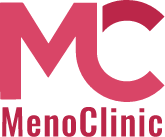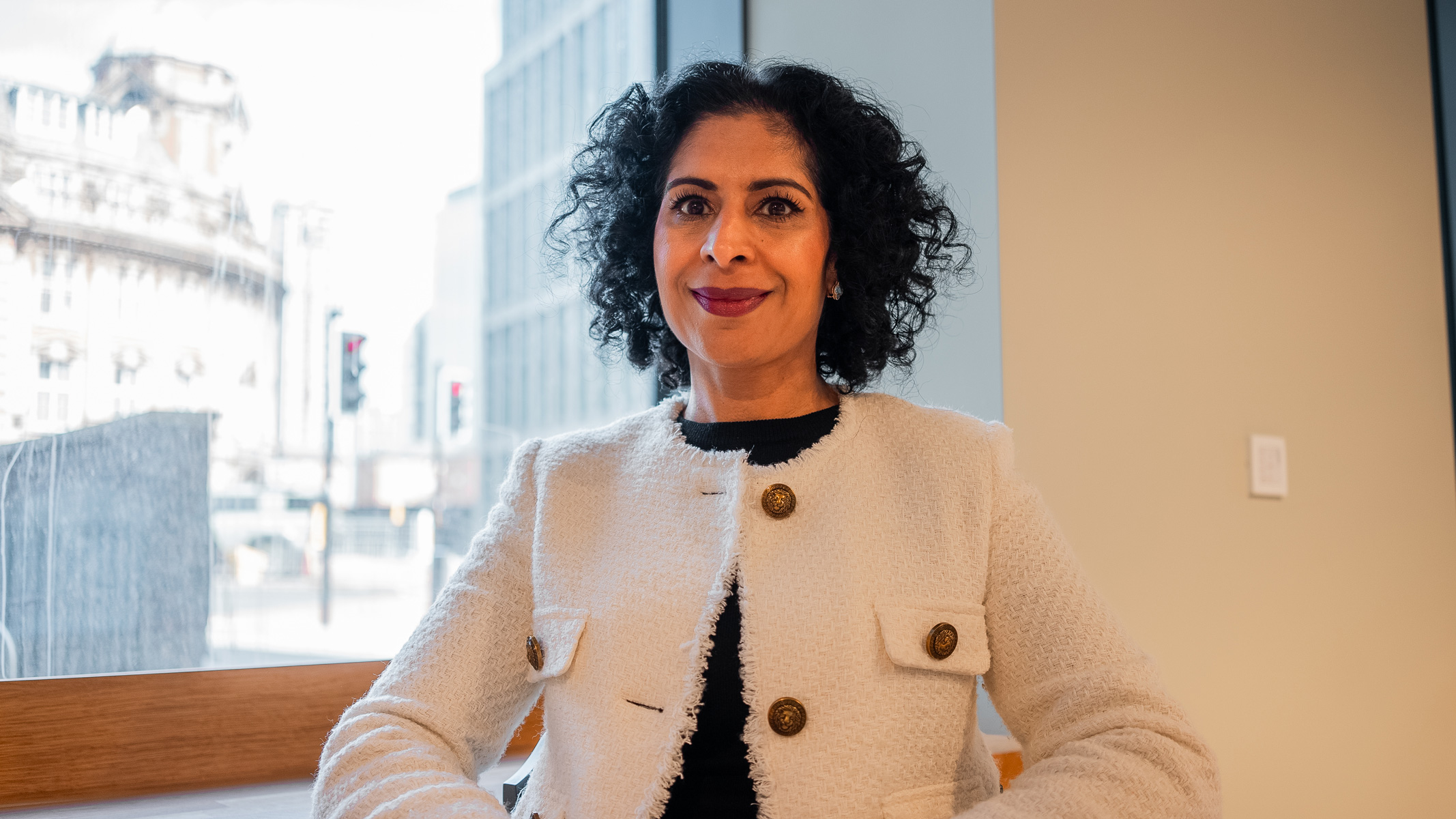HRT Treatments
Choosing the right HRT for you is about finding what fits you best. For most women, HRT involves a combination of two hormones: oestrogen and progestogen. And sometimes, a third hormone, testosterone, is added, depending on your body’s needs.

Oestrogen is the primary component for the most part when tackling menopause symptoms. However, oestrogen is also paired up with progestogen to keep the lining of your womb happy and healthy. This is because oestrogen, when used alone, may thicken the lining of your womb and increase the risk for cancers associated with the womb.
When it comes to picking your HRT, there are two main types:
- Combined HRT, which is a mix of oestrogen and progestogen. This type comes in two styles: sequential and continuous.
- Oestrogen-only HRT, for those who have had a hysterectomy.
It’s important to understand that HRT isn’t a universal solution; it is customised according to each woman’s specific requirements. The treatment comes in various forms, including oral tablets, skin patches, gels, and sprays. The optimal choice for many is body-identical HRT, where the hormones used are identical to those naturally produced by the body, offering a more natural approach to managing menopause symptoms.
Bio-identical Hormone Replacement Therapy
Bio-identical Hormone Replacement Therapy (BHRT), involves the use of hormones that are chemically identical to those your ovaries naturally produce, including oestrogen, progesterone, and testosterone.
These bio-identical hormones, sourced from plant estrogens, are tailored to mimic your body’s hormone production, potentially reducing the side effects often associated with synthetic hormones such as hot flushes, night sweats, mood swings, vaginal dryness, and loss of libido. The best part, unlike conventional synthetic HRT, is that the dose of BHRT can be modified to exactly what your body needs.
Combined HRT
Combined HRT refers to a treatment approach involving both Oestrogen and progestogen to alleviate perimenopausal and menopausal symptoms. There are two distinct approaches to managing menopause symptoms:
- Sequential HRT
It involves taking oestrogen every day, with progestogen added for half of the month. This method typically leads to a monthly bleed, much like a period cycle. It’s often chosen by women who are in the early stages of menopause or who still have regular periods - Continuous Combined HRT.
This means taking both oestrogen and progestogen together every day. This approach usually results in no bleeding and is generally preferred by post-menopausal women.
Each type of Combined HRT aims to provide relief from menopausal symptoms while considering personal preferences and medical history.
Sequential HRT
Sequential HRT is suited for women who are in the transitional phase of menopause. If it has been less than 6-12 months since their last period or if they are still experiencing monthly bleeds. This type of HRT involves taking oestrogen every day and progestogen for half of the month, starting around day 12 or 14 for two weeks. This regimen typically causes a monthly bleed, similar to a period.
Most women use Sequential HRT for about four years or until they reach 55. At which point their natural periods generally stop.
For those who’d rather not have a monthly bleed and are within 6-12 months of their last period, an alternative is available. Mirena™ intrauterine system is a device which releases progestogen to protect the womb lining. This usually leads to no or minimal bleeding while providing an additional layer of contraception. It lasts five years.
Continuous Combined HRT
This is a straightforward regimen where both oestrogen and progestogen are taken every day without any breaks. This is particularly suitable for postmenopausal women, meaning they have not had a period for at least a year.
The key advantage of this approach is the protection it offers to the womb lining, and eliminates the need for a monthly bleed. However, it’s not unusual to experience some bleeding during the first few months of treatment as your body adjusts to the new hormone levels.
Continuous combined HRT is especially beneficial for postmenopausal women, providing a consistent and balanced hormone supply, which helps in managing menopausal symptoms effectively and maintaining overall health and well-being.
Oestrogen-only HRT
For women who have undergone a hysterectomy and no longer have a womb, oestrogen-only HRT may be a good fit. Since the absence of a womb eliminates the need for progestogen, these women solely require oestrogen for their HRT. This form of HRT focuses on managing menopausal symptoms using just oestrogen, simplifying the treatment and making it specific to their unique medical needs.
While oestrogen-only HRT is typically recommended for women who have had a hysterectomy, there are certain exceptions where a different approach might be necessary:
Subtotal hysterectomy:
If you’re womb has been removed but the cervix remains in place. There is a chance some womb lining may also remain. In such cases, Combined HRT might be required. It’s important to follow the guidance of your gynaecologist in making this decision.
Endometrial ablation:
Is typically done to address heavy bleeding by removing the womb lining, for these women Combined HRT may be necessary. This is to ensure any remaining womb lining is protected.
Hysterectomy for endometriosis:
If your hysterectomy was performed due to endometriosis, your gynaecologist might advise taking Continuous Combined HRT.

Book a consultation with us today
Symptom
Checker
Our symptom checker makes it easier for you to identify your symptoms and pinpoint whether menopause is the root cause of your issues, or if we need to refer you for further investigations.





